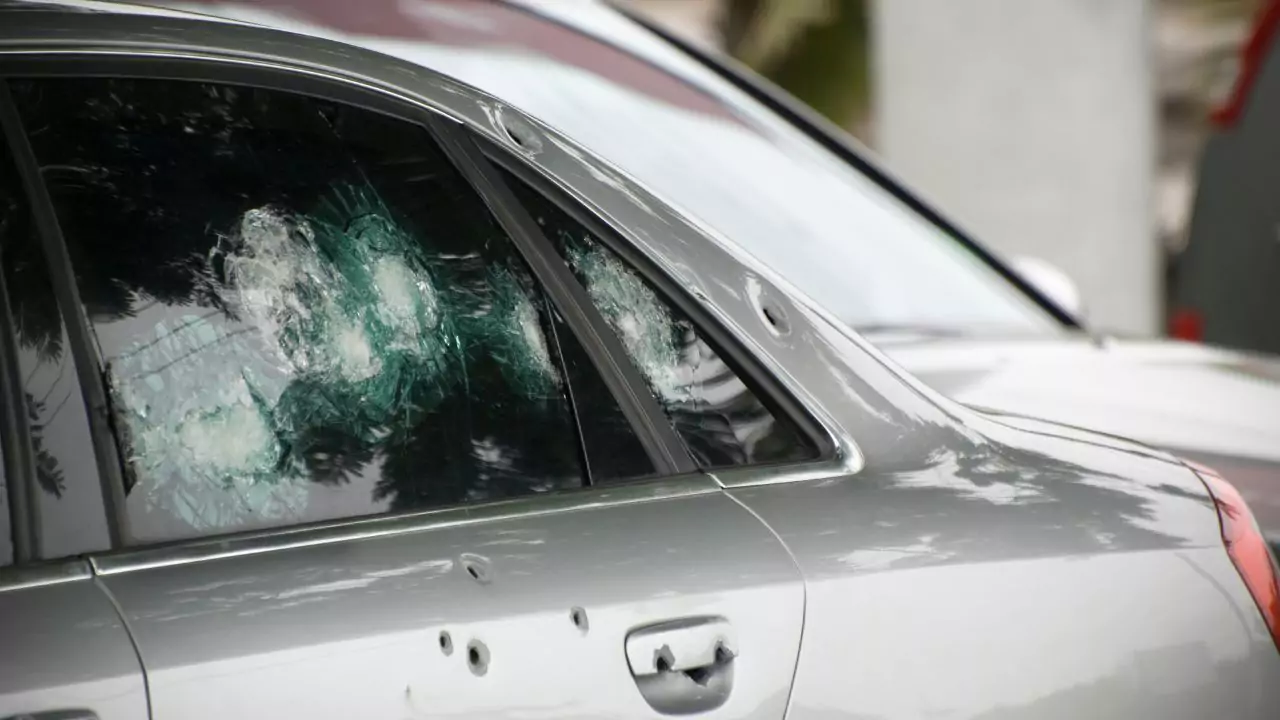The only type of car insurance that covers bullet holes is comprehensive coverage. This is an optional coverage that protects your car from non-collision events, such as theft, vandalism, fire, flood, hail, animal damage, and more.
Comprehensive coverage will pay for the cost of repairing or replacing your car if it is damaged by bullet holes, regardless of who shot the bullets or why. However, you will have to pay a deductible before your insurance kicks in.
A claim’s deductible is your out-of-pocket expense. The average deductible for comprehensive coverage is $500, but you can choose a higher or lower amount depending on your preference and budget.
If the cost of repairing the bullet holes is less than your deductible, it may not be worth filing a claim. For example, if your deductible is $500 and the repair estimate is $400, you will have to pay the full amount yourself and get no reimbursement from your insurance. In that case, you may want to skip the claim process and save your insurance for more expensive damages.
Reporting and Filing a Claim for Bullet Hole Damage
If you decide to file a claim for bullet hole damage, you should follow these steps:
- Report the incident as soon as possible. If you discover bullet holes in your car, you should call the police and file a report. This will support your insurance claim and chronicle the occurrence. You should also take photos of the damage and any other relevant details, such as the location and time of the incident.
- Provide necessary information to your insurance provider. After reporting the incident to the police, you should contact your insurance company and inform them of what happened. You will need to provide them with your policy number, vehicle information, police report number, and any other information they request. They will assign you a claims adjuster who will review your case and determine how much they will pay for your claim.
- Cooperate with the claims process. Your claims adjuster may ask you to provide additional documents or evidence, such as receipts, repair estimates, or witness statements. You should cooperate with their requests and answer their questions honestly and promptly. They may also inspect your car or ask you to take it to an approved repair shop for evaluation.
Getting Bullet Hole Damage Repaired
Once your claim is approved, you can proceed with getting your car fixed. Here are some tips to help you with this process:
- Find a reputable repair shop. Your insurance company may recommend or require you to use one of their preferred repair shops, which are usually vetted for quality and reliability. However, you may also have the option to choose your own repair shop if you prefer. In that case, you should do some research and find a reputable shop that has experience with bullet hole repairs and offers reasonable prices.
- Evaluate the cost of repairs. Before you agree to any repairs, you should get a written estimate from the repair shop and compare it with the amount your insurance company agreed to pay for your claim. If there is a discrepancy, you should contact your claims adjuster and discuss it with them. They may negotiate with the repair shop or authorize additional payment if necessary.
- Pay your deductible. When you pick up your car from the repair shop, you will have to pay your deductible amount before they release your car to you. The rest of the repair cost will be covered by your insurance company directly.
Conclusion
Bullet holes in your car can be a stressful and costly problem, but comprehensive car insurance can help cover the damage. However, you should consider the cost of repairs and your deductible before filing a claim. You should also report the incident to the police and follow the steps outlined by your insurance company to file a claim and get your car repaired.





